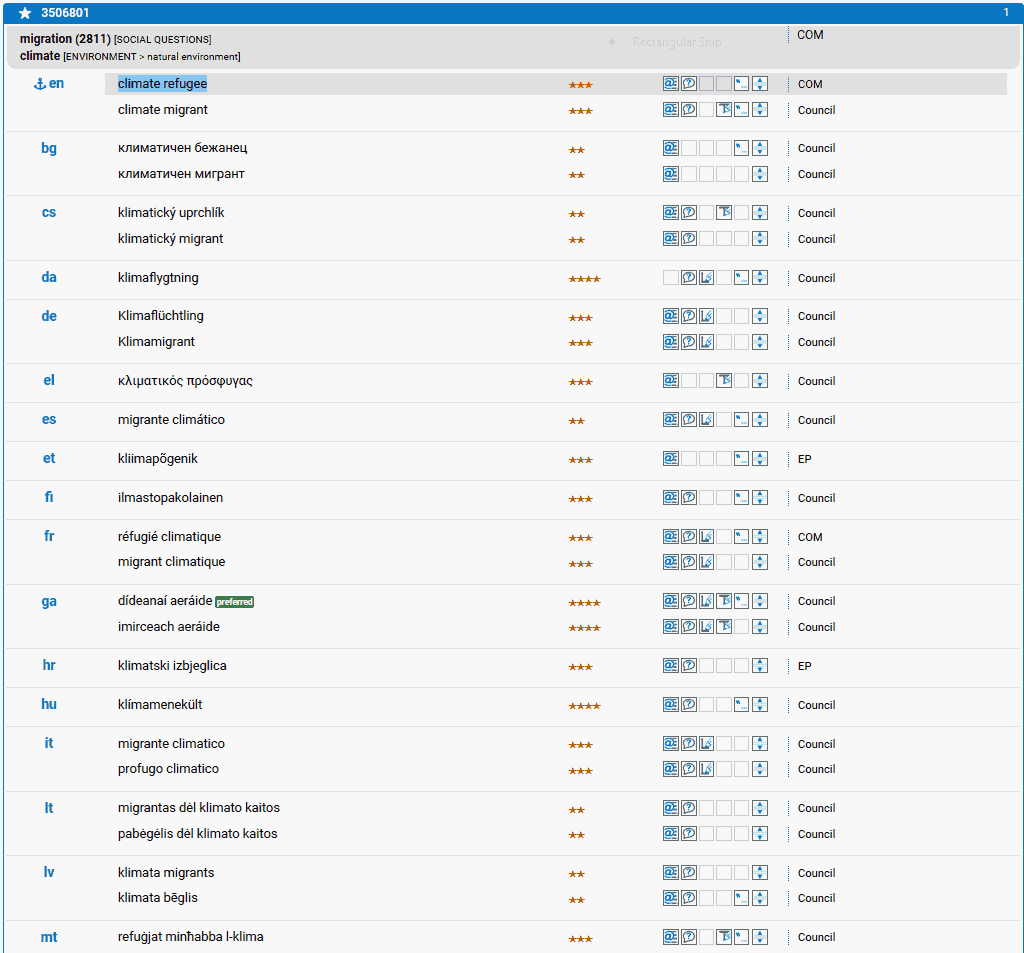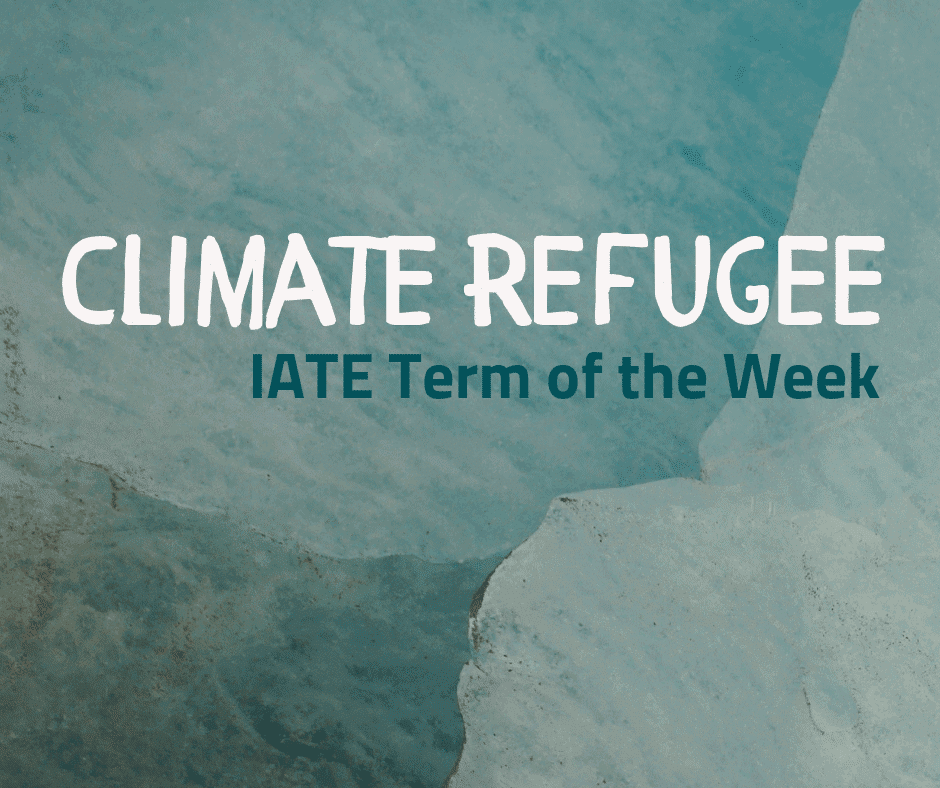
Nowadays, the impact of climate change is devastating. In fact, extreme weather events such as floods, windstorms, sea level rise or droughts constitute a threat not only to planet Earth but also to the most vulnerable communities that inhabit it. According to the United Nations, in 2018 around 17 million new displacements were associated with climatic disasters. This used to be an external issue, but due to the growing environmental hazards, Europe has already started admitting people who were obliged to leave their place of residence to save their lives.
In the framework of the UN Environment Programme (UNEP) the term environmental refugees was introduced by Essam El-Hinnawi in 1985 to mark “those people who have been forced to leave their traditional habitat, temporarily or permanently, because of marked environmental disruption (natural and/or triggered by people) that jeopardised their existence and/or seriously affected the quality of their life.” Despite the fact that this definition is widely used when describing climate refugees, the term remains unclear in many aspects. Moreover, some organisations prefer the use of migrant as the 1951 Refugee Convention does not recognise the environment as a cause of displacement.
Today, this is one of the key challenges that the international community is trying to overcome. Given its topicality, the term of climate refugee is uncertain in the context of law and, thus, there are no legal provisions for an individual right. Therefore, several international organisations are working on a new specific legal framework that nowadays seems urgent and necessary since climate change should be considered a violation of human rights.
What is the role of the European Union regarding this issue? While there are international frameworks concerning climate change (e.g. the Paris Agreement) and migration (e.g. COP15) in place, there is still a need for harmonised standards across the Union in order to afford climate migrants the status of refugees. The EU has started assessing the situation by means of studies, but there are gaps in matters of protection and prevention that should be covered. Furthermore, it is estimated that 200 million people will have been displaced due to climate change by 2050, which shows that the link between migration and climate change is a reality that the international community must face.

Sources:
Directorate General for Internal Policies. Study on “Climate Refugees”: Legal and policy responses to environmentally induced migration, 2011. Retrieved from: http://www.europarl.europa.eu/RegData/etudes/etudes/join/2011/462422/IPOL-LIBE_ET(2011)462422_EN.pdf [Accessed August 7, 2019]
European Commission. “Migration in response to environmental change”. Science for Environment Policy. Issue 51, September 2015. Retrieved from: https://ec.europa.eu/environment/integration/research/newsalert/pdf/migration_in_response_to_environmental_change_51si_en.pdf [Accessed August 8, 2019]
European Parliament. The concept of “climate refugee”: Towards a possible definition, 2019. Retrieved from: http://www.europarl.europa.eu/RegData/etudes/BRIE/2018/621893/EPRS_BRI(2018)621893_EN.pdf [Accessed August 6, 2019]
IATE (n.d.). Retrieved August 6, 2019 from: https://iate.europa.eu/search/standard/result/1565338983873/1
Karakitapoglu, E. B. et al. Climate refugees: the science, the people, the jurisdiction and the future. Fores – Forum for Reforms, Entrepreneurship and Sustainability. Retrieved from: https://fores.se/wp-content/uploads/2017/10/ClimateRefugees_Online.pdf [Accessed August 6, 2019]
Trent, S. “We need to talk about climate refugees”. Euractiv, 2017. Retrieved from: https://www.euractiv.com/section/climate-environment/opinion/we-need-to-talk-about-climate-refugees/ [Accessed August 9, 2019]

Written by Icíar Sastre Domínguez – Trainee in the Spanish Translation Unit of the European Parliament (Luxembourg) and a student of the MA in Applied French Language (Universidad Complutense de Madrid and Sorbonne Université). She holds a Bachelor’s Degree in English Language and Literature from the University of Salamanca.

